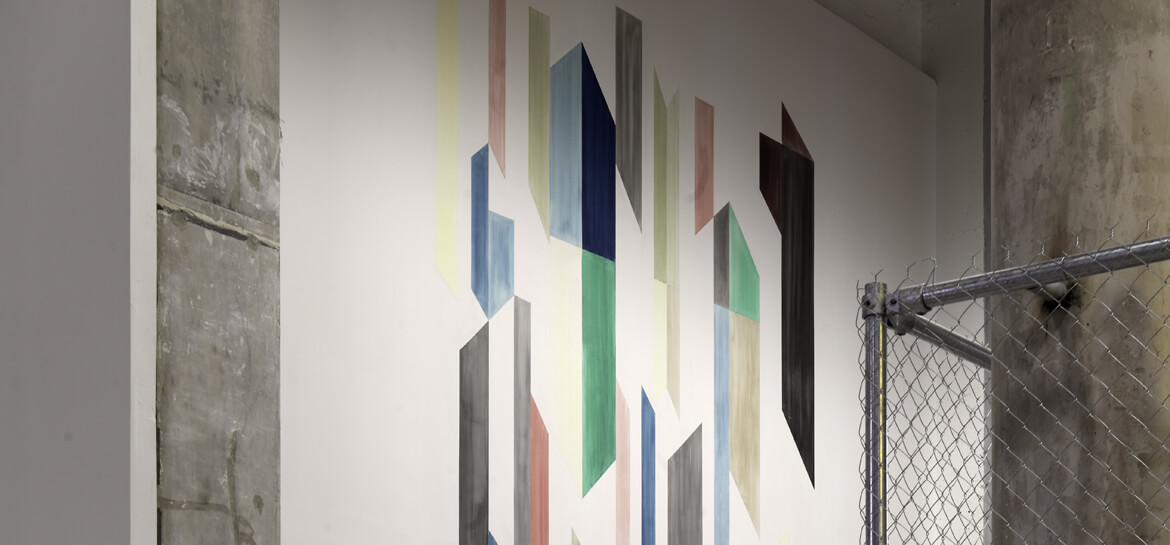SEARCH THE ENTIRE SITE

Maria Loboda
Walldrawing (arsenic, cyanide, mercury, lead)Maria Loboda is seeking to transform knowledge into objects, seeing the world as a set of signs to be deciphered.
Maria Loboda (b. 1979 in Krakow, lives and works in London) is seeking to transform knowledge into objects, seeing the world as a set of signs to be deciphered. She derives inspiration from the cultural heritages of the past, between folklore and mysticism, science and obsolescence. The plurality of her focuses of interest is reflected in her multiple practice, the artist herself saying:
“I am considering language as a possible material amongst others, like music, tapestry, botanics, ceramics, curtains or pigments”. Between rationality and magic, the artist brings into dialogue subjects and references which a priori ought never to have met. Her works are at first sight very appealing, but in reality offer enigmas to be deciphered, even traps to be avoided.
The wall painting Walldrawing (arsenic, cyanide, mercury, lead) – of which the artist is making a new version for the entrance to the Palais de Tokyo – takes its inspiration from the Arts & Crafts movement, especially the wallpapers of William Morris. Using pigments containing arsenic, in common use at that period, the designer was slowly and involuntarily poisoning his workers and patrons. This work is furthermore inspired by motifs created by the Wiener Werkstätte, a workshop for the production of furnishings founded in Vienna in the early 20th century. The aim of the workshop which included architects, artists and designers was to make aesthetics accessible to all, reconciling art and craftsmanship. This work is located in a public area, at the entrance to the Palais de Tokyo, and is thus within visitors’ reach, while letting them know that art is made to disturb, or to create unease. The pigments used for Walldrawing (arsenic, cyanide, mercury, lead) could in fact be toxic: Naples yellow contains lead, Prussian blue cyanide, while vermilion contains mercury. A certain concept of fate?